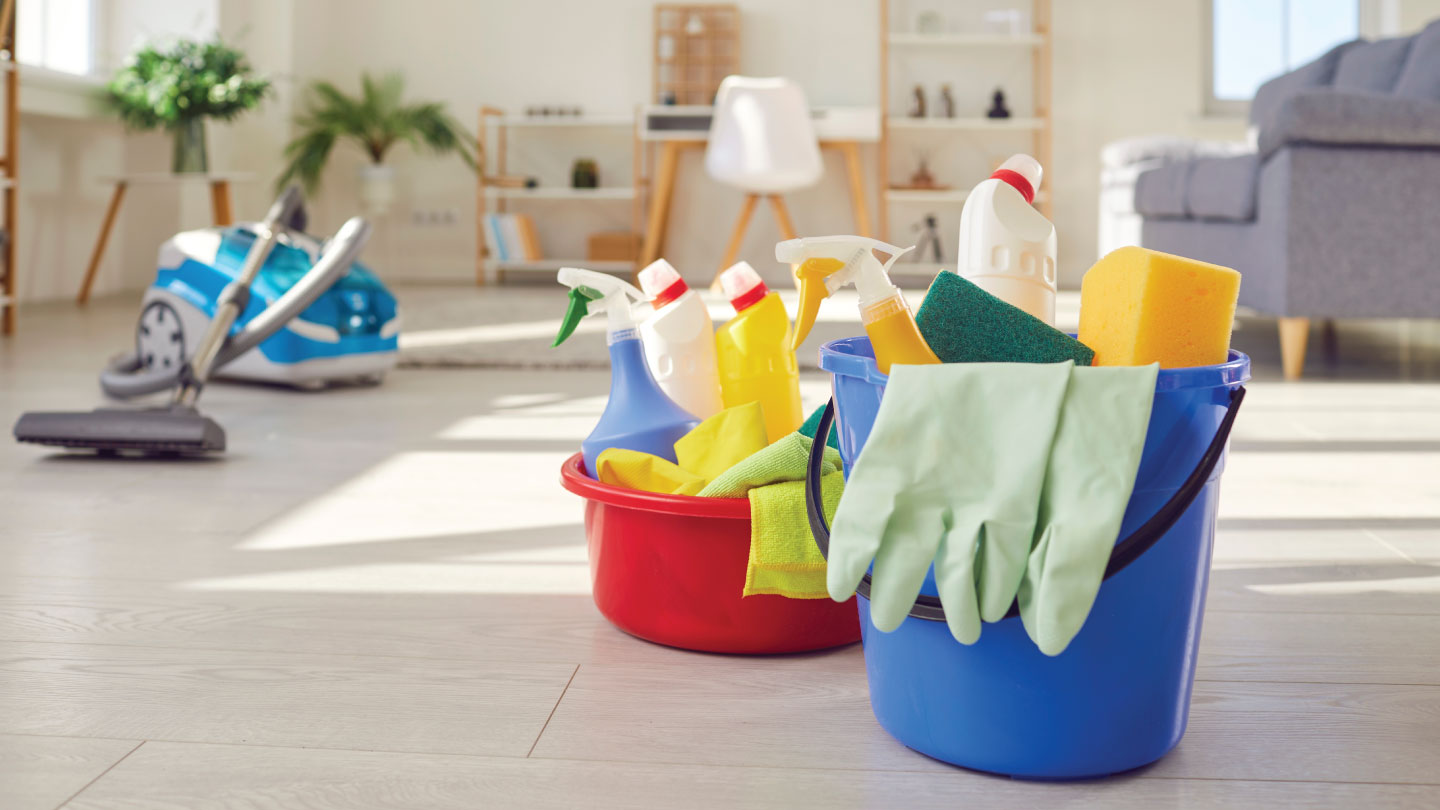Parenting
Parent’s Guide To Teaching Children Correct Pronouns And Binaries
They or her? Him or them? Gender pronouns can be confusing, especially for children. So how do you navigate teaching these pronouns to your children? An expert tells us how to talk to your child about gender.

Gender diversity and language regarding it is constantly changing, especially in the 21st century. Where the previous generations didn’t have to worry about tackling concepts like non-binary, gender identity, pronouns, and more, it’s a reality that most parents will have to introduce to their kids at some point today.
Lack of awareness about gender pronouns and identity can be very confusing for your child, especially as they meet individuals who may not fit ‘traditional’ gender categories. Language is constantly evolving, and new terms will be introduced, but it’s important that your child learns to recognise and respect other people’s chosen pronouns.
According to On Our Sleeves (an American alliance focused on children’s mental health), using a person’s correct pronouns is important because it affirms the person’s identity, helps them feel safe and comfortable in their body. It shows that you respect them for who they are.
To find out more about how you can safely introduce correct pronouns and binaries to your child, we spoke to neuro-linguistic programming life coach and author of ‘Unparenting: Sharing Awkward Truths with Curious Children', Reema Ahmad.
Related story: 20 Pharases Your Child Wants To Hear
Why Are Pronouns Important?
As a child, I grew up not learning gender pronouns. Entering middle school, I met many new people, and not all of them dressed or behaved according to their traditional gender. Not knowing how to address them became a barrier that had to be unlearned, because how else would we communicate? The lack of normalisation around different genders, except for boys and girls, made it quite hard for me to come to terms with it.
But children today are different. They have access to a slew of technological innovations that many of us didn’t have growing up. They are exposed to so much more, and curious kids want to know more. Growing awareness, exposure, and diversity make it essential for kids to learn gender pronouns as they grow older.
According to Reema, “for very young children (younger than 10 years), we don’t need to get into gender pronouns, and that is my stand. Children are still forming their sense of the world, and sexuality and gender are complicated issues. There is a sensory overload when we bombard small children (below 8 years) with too much information. There is an information overload, which already exists because of media proliferation. It muddles their journey of understanding the world in their own way.”
Related story: What Is Your Parenting Style
Starting the Conversation
“Gender pronouns can be very confusing for children because small children are very visual. When visual markers of gender have been established for a long time, it can be hard for children to understand that somebody resembles a man but says they want to be identified as she/her,” says Reema. Trying to teach a young child who has just grasped an understanding of basic concepts of what gender pronouns are would only end up confusing them more. Find teaching moments in your daily life, and normalise different identities and pronouns to your child. Children will ultimately learn what their parents model, and the more you incorporate these habits into your life, the more they learn.
“When kids come across something related to gender pronouns, introducing it to them at that point is completely fine. Or, as they’re entering their teens, it’s okay to have that conversation. At that age, they will meet people who want to be addressed in a certain way. And what we need to tell children is that if someone wants to be addressed a certain way (she/her/them), please do that. Teaching them to respect other people’s wishes and how they want to be addressed is essential,” continues Reema.
Related story: 5 Ways To Instill Body Awareness In Kids
Practising Diversity As A Value
“If you are practising diversity as a value in your house, where you do not discriminate based on class, gender, religious, and other barriers, children are already being brought up with the mindset that everyone is equal.” Later, you can introduce sexual orientation when they encounter same-sex couples or children from same-sex marriages. “How you explain it to them, and your reaction will determine their own beliefs as they make their way in the world,” says Reema. Diversity is a great way to teach broader lessons about life, individuality and identity, and can make your child more accepting of the world around them.
Whether it’s gender pronouns, sexuality, or any other concept that wasn’t taught traditionally, including diversity as a cornerstone when teaching your child can help them be liberal and build social awareness. Ultimately, they contribute to higher emotional intelligence for any child and can set them up to be empathetic and kind in the future.
Reema also talks about the importance of your viewpoint as a parent and how that impacts your child, “If you teach kids about sexuality in a regressive way, like relationships between men and women are valid, and you put emphasis on heteronormative relationships, or same-caste relationships, etc., kids will grow up with a rigid viewpoint of this is how things should be.”
There’s no point in introducing gender pronouns without any context either; according to Reema, “rather than introducing gender pronouns and binaries from the get-go, it might be more valuable introducing diversity as a practice to set the foundation for these complex topics to be introduced later. Diversity doesn’t need a name; it can just be a form of acceptance. It can begin by how you treat your staff, how you treat people from different economic backgrounds, how you treat someone who looks different, someone who has different views, and so on.” Inclusion needs to be a practice you integrate into everyday life, so your child learns by example.
Related story: This Mindset Can Reduce Stress And Help Raise Smarter Kids
Making Mistakes
Even as adults, using correct pronouns all the time can be challenging, and sometimes, a slip of the tongue can happen. Reema says that “people who are attaching or identifying themselves through pronouns need to be a little forgiving, especially to children. It is a complicated concept, and even when people are trying, mistakes are bound to happen. Allowing for that space for mistakes, revisions and corrections are necessary for growth.”
But that doesn’t mean people should sacrifice their identity repeatedly, especially when it might not be a mistake. As Reema explains, “I am not saying to let people walk over you and hurt your feelings, but if someone makes an honest mistake, being defensive about it or being accusatory can further widen the chasm.” Misunderstandings can arise very quickly in these situations, and it’s important to clear the air before it’s too late.
Related story: Teaching Children The Art OF Mindful Eating
Making Friends and Family Understand
“Any new thing that you’re trying to teach your children that is different from how you were taught by your family is bound to meet resistance. You want everyone to be on the same page as you, but not everyone will agree to certain things, and that should be okay,” says Reema.
Family can be one of the most formidable hurdles to overcome, especially regarding how children are raised. According to Reema, “how we handle these differences depends on the relationship dynamic too. If your friends and family disagree, try not to take it personally. Having a firm belief and thinking that you are right and everyone is wrong can be unhealthy. Avoid confrontation and aggression, as abrasiveness can worsen the situation rather than help it.”
We have to understand that our parents have their own context, baggage, and cultural information, and we can’t expect them to always understand when we ourselves can be rigid. Boundaries are vital, and being clear about how you want to raise your child must be communicated to family and friends. Statements like ‘this is what we believe in as a family, and I would appreciate it if you don’t meddle in that’ might sound strong but can set a very clear boundary.
Related story: Teach Your Kids This About Body Safety And Abuse Awareness
Raising Socially Aware Children
As the parents of tomorrow’s generation, we don’t have the same excuse as our parents, and answers like ‘I don’t know’ and ‘I’m not aware’ won’t work. We have more resources and information available to us to teach our children to be inclusive, and they need to be harnessed. Reema recommends resources like Tarshi, which publishes guides on sexuality, feminism, and relationships for children’s learning. Another resource is The Nazariya Foundation’s Gender and Sexuality Terminology to educate you and your child.
Books like ‘What Are Your Words?’ by Katherine Locke, ‘A Kids Book About Being Transgender’ by four transgender teenagers, and ‘Who Are You? The Kid’s Guide to Gender Identity’ by Brook Pessin are great resources to introduce children to the concept of gender.
Kindness, empathy, acceptance, and love are universal concepts, but when they’re not taught from a young age, they can significantly alter an individual’s perspective. Ensuring that your child grows up to be an open-minded and inclusive individual starts with what you teach them, and that should include gender pronouns.
All views are personal
EXPLORE MORE
From partners to parents to friendships, phubbing is disrupting relationships everywhere. Learn more about it and how to reorient yourself.
From acidity to poor sleep, here are safe fixes that fit easily into everyday routines.
Smart cleaning tips to keep in mind so those with asthma or allergies can breathe easier.
We’re told to encourage our kids, but could “amazing!” and “perfect!” actually fuel self-doubt? And is there a better alternative to encourage children?








